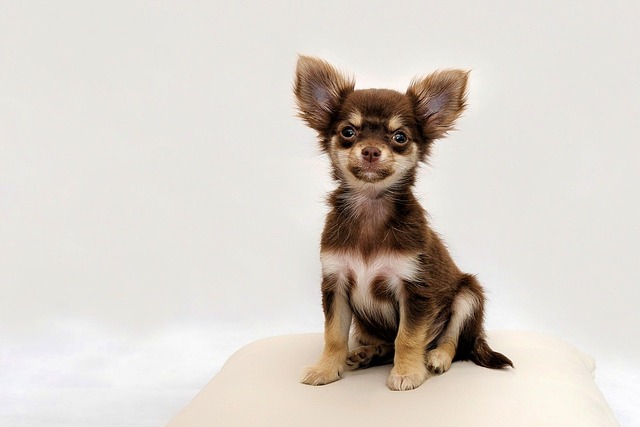
How do i train my dog to be obedient?
Watching your dog dart across the park ignoring your calls isn’t just frustrating—it can put them at risk near busy streets or public spaces.
Training your dog to sit and stay with treats turns chaotic greetings and unruly walks into moments of calm connection, especially when guests arrive or you need them to pause by a busy street. For new dog owners in suburban yards or city sidewalks, mastering these basics isn’t just about obedience; it’s about building trust, keeping them safe, and making every interaction feel like a game, not a chore. With the right treats and timing, even the wiggliest pup can learn that sitting still brings the best rewards.
Dogs learn through association, a simple but powerful principle that makes treat - based training so effective. Their brains connect actions to outcomes: when sitting or staying leads to a tasty reward, they’ll quickly figure out how to repeat that success. This isn’t about “tricking” them—it’s using their natural desire for good things to shape behavior. Puppies and adult dogs alike respond to this, though high - energy breeds like Border Collies or Jack Russells might need extra patience to focus, while laid - back breeds like Bulldogs may catch on faster. Their noses and taste buds drive them, so choosing the right treat—small, smelly, and irresistible, like freeze - dried chicken or tiny cheese cubes—makes all the difference.
Let’s start with “sit.” Find a quiet spot with few distractions, like your living room or backyard. Hold a treat close to their nose, then slowly lift it up and back over their head. As their head follows the treat, their bottom will naturally drop into a sit—immediately say “Sit!” and give them the treat, along with a big smile and “Good sit!” Repeat this 5 - 10 times per session, keeping it short and fun to avoid boredom. My neighbor in Austin did this with her 6 - month - old Lab puppy: after three days of 5 - minute sessions, he sits on command just to see if a treat might be coming. Once “sit” is solid, move to “stay.” Ask them to sit, then hold your hand up like a stop sign and say “Stay.” Wait 2 seconds, then reward with a treat. Gradually increase the time to 5 seconds, then 10, always praising enthusiastically when they stay put. Add tiny distractions—like taking a step back or dropping a toy—to make the behavior reliable in real life.

Your tone and timing matter more than you think. Yelling “Sit!” or snatching treats away when they fidget teaches them to fear training, not enjoy it. Instead, keep your voice upbeat and excited, turning each session into a party they want to join. A trainer in Denver calls this “happy training”—your positive energy makes them eager to participate, even when it’s hard to stay still. Never use physical punishment, like pushing their bottom down; it breaks trust, and studies show gentle guidance works far better for long - term learning. Every time they try, even if they don’t get it perfect, offer a little praise—encouragement builds confidence faster than criticism.
Responsible dog ownership weaves into these training moments too. First, ensure their vaccines are up to date—rabies shots are legally required in all 50 states, and healthy dogs focus better during training. In apartments, schedule sessions during daytime hours to avoid disturbing neighbors with excited barking, and use a non - slip mat on hard floors to keep them comfortable. When practicing in parks, always carry biodegradable poop bags, even during short training breaks—keeping public spaces clean is part of being a good pet owner. For “stay” practice near sidewalks, keep them leashed until the behavior is reliable, and step between them and passing dogs to reduce distractions—good manners make training safer for everyone.
With consistent treats, patience, and positivity, “sit” and “stay” will become second nature. Your pup will learn to pause on walks, greet guests calmly, and trust that listening to you brings the best rewards, turning everyday moments into opportunities to bond and grow together.

Watching your dog dart across the park ignoring your calls isn’t just frustrating—it can put them at risk near busy streets or public spaces.

New puppy owners often find themselves rushing to clean up accidents before they set in, and that’s where puppy pad training becomes a game-changer.

If you've noticed your dog's waistline disappearing and your veterinarian has mentioned those few extra pounds, your first instinct might be to simply reduce the amount of food in their bowl.

Training a dog to use a designated spot indoors isn’t as daunting as many new owners fear, but it does take consistency and an understanding of your pet’s needs.

That moment of dread on a walk is all too familiar for many new dog owners. You see another dog approaching down the sidewalk of your neighborhood

If the sight of another dog on your neighborhood walk makes your heart sink as your own dog erupts into a frenzy of barking and lunging, you're not alone.